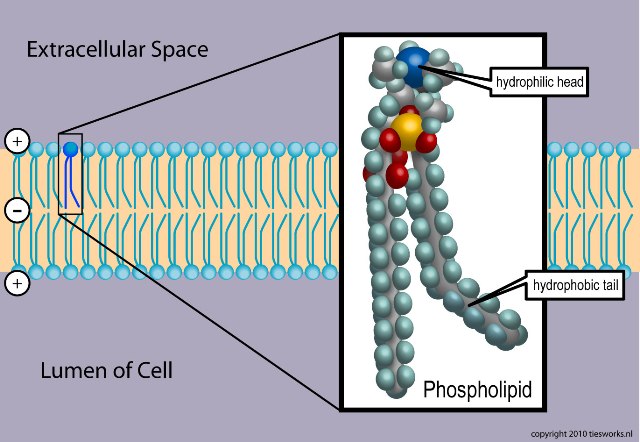 Saturday, December 1, 2012 at 10:59AM
Saturday, December 1, 2012 at 10:59AM "Thulium is a chemical element that has the symbol Tm and atomic number 69. Thulium is the second least abundant of the lanthanides (promethium is only found in trace quantities on Earth). It is an easily workable metal with a bright silvery-gray luster. Despite its high price and rarity, thulium is used as the radiation source in portable X-ray devices and in solid-state lasers."
"Pure thulium metal has a bright, silvery luster. It is reasonably stable in air, but should be protected from moisture. The metal is soft, malleable, and ductile.[1] Thulium is ferromagnetic below 32 K, antiferromagnetic between 32 and 56 K and paramagnetic above 56 K.[2] Liquid thulium is very volatile."
"Naturally occurring thulium is composed of one stable isotope, 169Tm (100% natural abundance). Thirty one radioisotopes have been characterized, with the most stable being 171Tm with a half-life of 1.92 years, 170Tm with a half-life of 128.6 days, 168Tm with a half-life of 93.1 days, and 167Tm with a half-life of 9.25 days. All of the remaining radioactive isotopes have half-lives that are less than 64 hours, and the majority of these have half-lives that are less than 2 minutes. This element also has 14 meta states, with the most stable being 164mTm (t½ 5.1 minutes), 160mTm (t½ 74.5 seconds) and 155mTm (t½ 45 seconds)."







